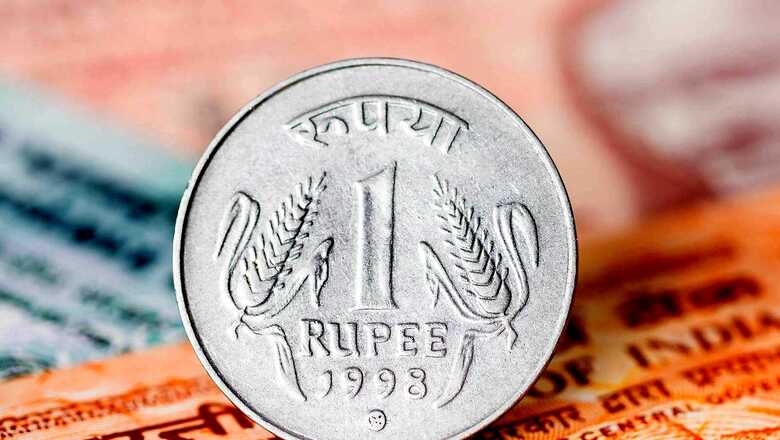
views
The Indian rupee this year saw a sharp decline hitting all-time lows multiple times. In the current calendar year, the rupee has declined about 12 per cent to 82.85 now after plunging to all-time lows multiple times. The domestic currency had stood at 73.77 to a dollar on January 12, 2022.
The rupee witnessed a decline this year mainly due to the strengthening of the American currency, risk-averse sentiment among investors, and escalation of geopolitical risks due to the conflict in Ukraine.
The major reason for falling the rupee in the past few months was the continuous outflow of dollars due to the exit of foreign portfolio investors (FPIs). However, after nine straight months of net outflows since October 2021, FPIs in July became net buyers.
According to a senior banker, the rupee has seen the worst in 2022 and is likely to start making a recovery in 2023.
Foreign investors have infused a net Rs 11,557 crore in Indian equities in December so far despite a market correction and increasing concerns over the re-emergence of COVID in China and some other parts of the world. Going ahead, macro data from the US and COVID news will drive FPI flows and the markets in the near term, said V K Vijayakumar, Chief Investment Strategist at Geojit Financial Services.
According to data with the depositories, Foreign Portfolio Investors (FPIs) invested a net sum of Rs 11,557 crore in equities during December 1-23. This comes following a net investment of over Rs 36,200 crore in November primarily due to weakening of the US dollar index and positivity about overall macroeconomic trends.
“the long-term trajectory of the rupee-dollar exchange rate since the Global Financial Crisis of 2008 indicates that the currency has a tendency to depreciate during crisis episodes. However, unlike during the taper tantrum of 2013, the rupee has held up quite well this time,” rating agency Crisil has said in its report.
Globally, The 12 per cent fall in the rupee is relatively lower as compared with about 26 per cent decline in Pakistani rupee till recently, nearly 21 per cent decline in British pound, around 20 per cent drop in Yen and about 15 per cent fall in Euro recently.
Crisil said, “In the current episode, the relatively high inflation in the US versus India is providing some support to the rupee.”
It added that compared with 2013, India is relatively better placed to weather the external shocks, though not completely insulated. Going ahead, four factors will be key in influencing the rupee’s trajectory in fiscal 2023 — Brent crude oil prices, the US Fed raising interest rates, extent of foreign portfolio investment flows, and RBI interventions to manage rupee volatility.
The rupee depreciation is good for export sectors, particularly IT (information technology) companies, pharmaceutical exporters, speciality chemicals and textiles.
However, sectors such as fast-moving consumer goods (FMCG), metal and banking, among others, are at the receiving end.
Read all the Latest Business News here

















Comments
0 comment